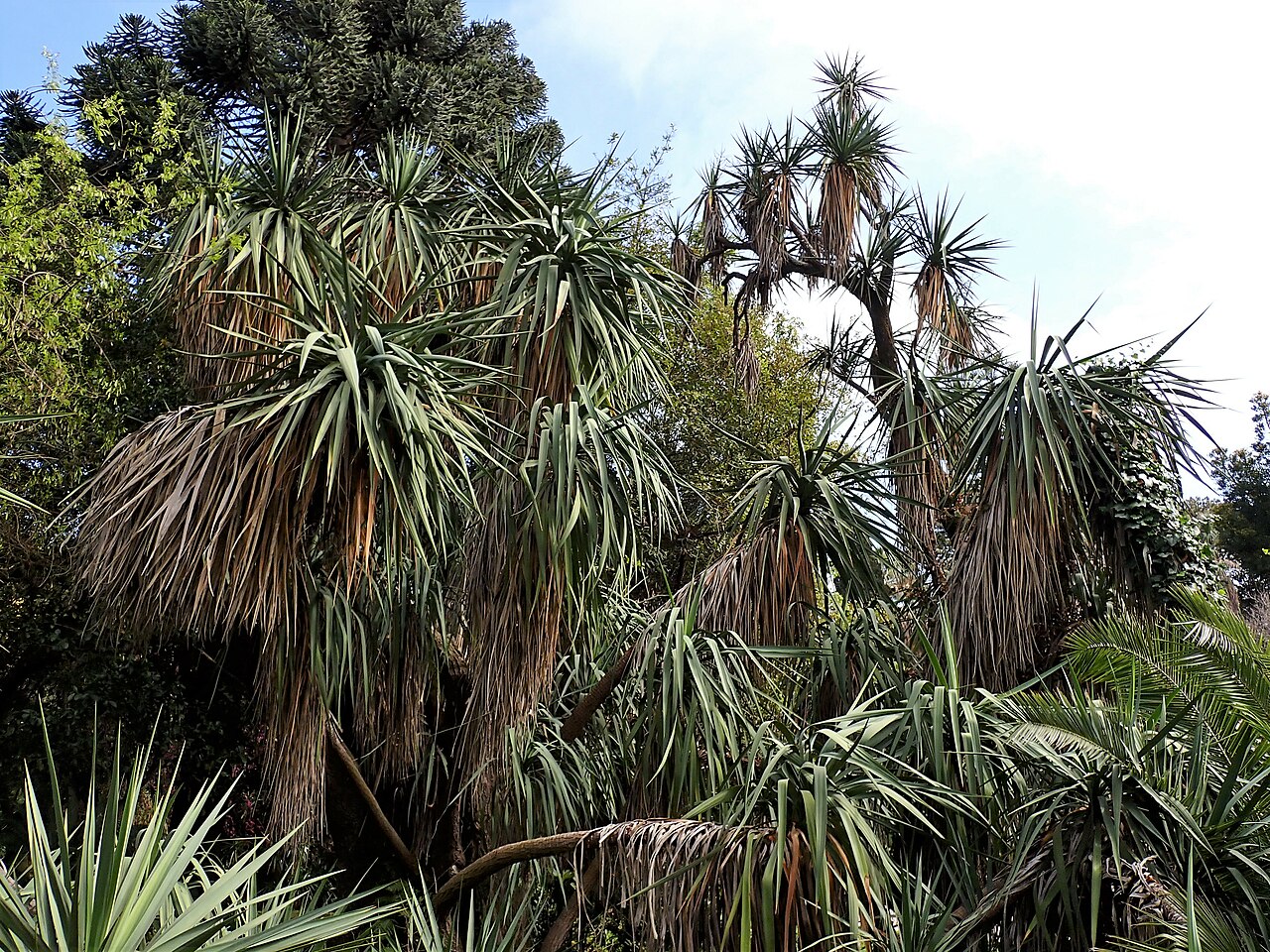Seed propagation is a gratifying method to grow your yard while preserving the sweetness of your favorite plants. The African-american Lily, also called Agapanthus, is a well known selection for several gardeners because of its impressive flowers and robust nature. By learning how to Plant Propagation Guide Lily, you are able to enjoy more of those vivid plants while improving your garden's appeal.

There are two primary techniques to propagate African Lily: division and seed propagation. Team is the most frequent and trusted method. This method involves separating mature clumps of African Lily in to smaller parts, each with healthy sources and shoots. The best time for you to split African Lily is throughout early spring or following flowering, when the plant is positively growing. Begin by cautiously searching up the place, then gently split the sources in to smaller clumps. Each department needs to have at least three to four shoots to make sure successful growth. When separated, plant the parts in well-draining land, water carefully, and provide partial sunlight to greatly help them build quickly.
Seed propagation, while less popular, is still another way to replicate African Lily. Gather seeds from mature plants after they've dried and made brown. Sow the vegetables in seed containers filled up with a mild, well-draining earth mix. Keep carefully the land regularly humid and position the containers in a warm, brilliant area. Germination may take several weeks, and seedlings usually takes a few years to bloom. This method allows gardeners to test out new types and develop distinctive shade combinations inside their garden.

When propagating African-american Lily, good care is essential to make certain healthy growth. Regular tearing is important, specially during the establishment phase. Avoid waterlogging, as excessive moisture may harm the roots. Fertilize the crops carefully with a healthy fertilizer to inspire powerful development and ample flowering. Mulching across the base of the seed will help maintain water and protect the roots during cooler months.
By following these propagation practices, gardeners can have a flourishing collection of African-american Lilies year after year. Not just does propagation save money, but it also enables you to share lovely flowers with friends and family. With consideration and interest, reproducing African-american Lily can convert any backyard in to a stunning, decorative retreat.
